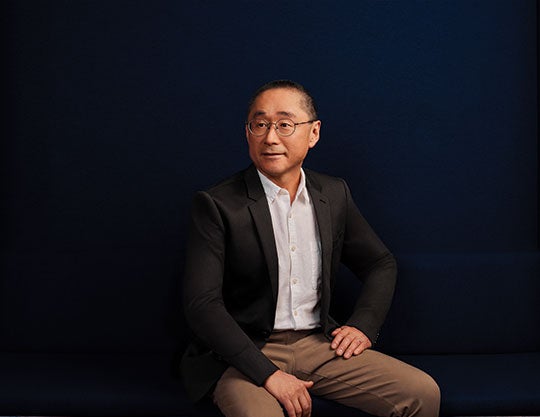Nanoscience Branches Out at Rice
The Smalley-Curl Institute now includes quantum science, advanced materials and more.

Spring 2024
By Mike Williams
Named for Nobel laureates Richard Smalley and Robert Curl ’54, the Smalley-Curl Institute has maintained Rice’s high profile in nanoscience and nanotechnology research while expanding with the times. At its heart lies the mantra Smalley himself offered when he founded the then-Center for Nanoscale Science and Technology: “Be a scientist; save the world.”
Under the longtime leadership of Naomi Halas — an engineer, chemist, physicist and pioneer in the field of light-activated nanomaterials, who stepped down this year — the institute’s membership has grown to incorporate researchers in advanced materials, quantum magnetism, plasmonics and photonics, biophysics and bioengineering, ultracold atom physics, and condensed matter and chemical physics.
We have a growing number of researchers across campus working on cutting-edge quantum materials.
The new director of the institute, physicist Junichiro Kono, leads Rice’s applied physics graduate program, which is ranked in the top 10 nationally. “The Smalley-Curl Institute has a long history of world leadership in nanoscience research. Also, we have a growing number of researchers across campus working on cutting-edge quantum materials and quantum information science and engineering,” Kono says. “Combining these traditional and new fields through collaborations facilitated by the institute to increase our prominence is an exciting prospect.”
Of primary importance are the 10 active thematic working interest groups organized by the institute to bring faculty from various disciplines together to discuss new directions for research, write proposals for grants, and foster collaborations and mentorship between junior and senior faculty members.
The institute will continue to sponsor master classes on publishing in high-impact science journals, offer research opportunities for undergraduates through the National Science Foundation’s REU Sites program, and host visiting faculty for talks and residencies.
Learn more at sci.rice.edu.
